A quest to find New Zealand’s unofficial faunal emblem
I’ve always found it interesting how many state and national faunal symbols are either extinct or on the brink thereof. The animals are often loved and revered today, after having been persecuted fervently in the past. And to be honest, if the species is still around, the love and reverence only goes so far. In many cases society just isn’t prepared to pay the economic or social price to ensure their survival.
Although neither have official status, the silver fern and the kiwi are both synonymous with New Zealand. I’m not sure why New Zealanders chose to be known as ‘Kiwis’ rather than ‘Silver Ferns’ (‘I have a couple of mates who are Silver Ferns…’) but I am sure it’s for the best.
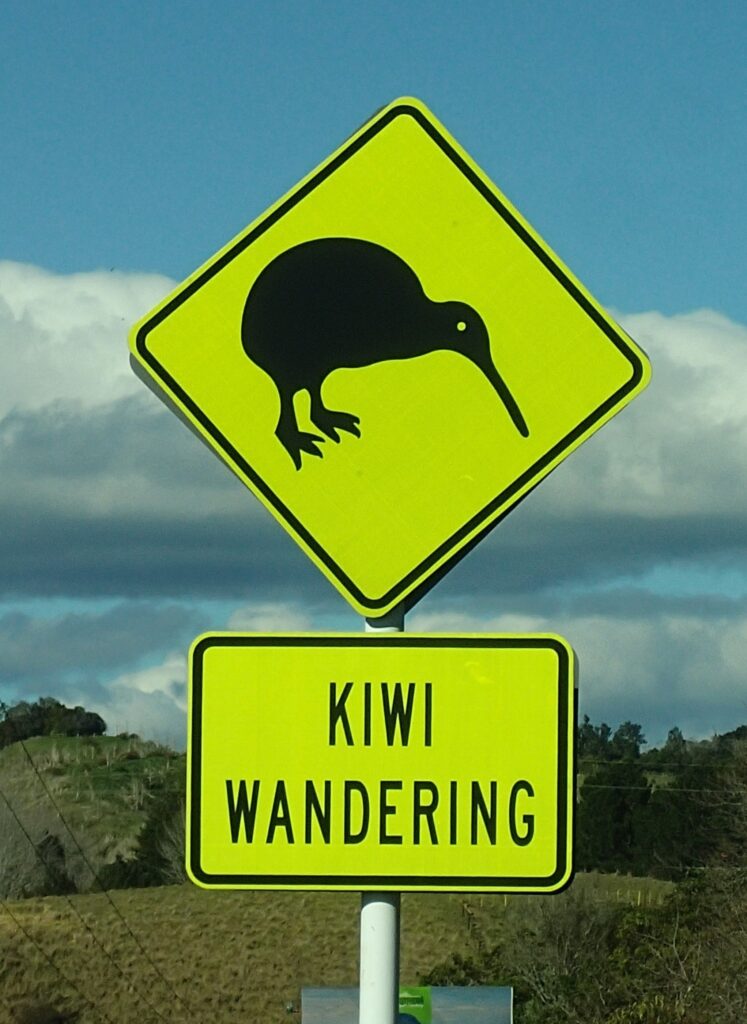
Although land use and hunting by Maori is likely to have had a localised effect on the kiwi, it was when Europeans arrived that they really began to have a shitty time. Since colonisation, the forests of Aotearoa have been cleared with maniacal enthusiasm, to the point that most of the landmass now looks like one big farm. As a consequence of human activity, New Zealand’s forest cover has reduced from an estimated 85% of the land mass to 23%. It’s no exaggeration to say that the remaining 23% would probably have been cleared too if it wasn’t near vertically steep, cladding an active volcano or frozen most of the year.
In addition to having their habitat destroyed, the kiwi then had to confront novel mammalian predators brought from Europe. Aotearoa has no native mammals apart from bats and marine species, and highly evolved hunters like stoats, ferrets and cats arrived to an all-you-can-eat naive kiwi bonanza. As if that wasn’t enough, other introduced species also negatively effect kiwis both directly and indirectly. These days, domestic dogs give them a particularly hard time. Of the five kiwi species, the New Zealand government lists two as ‘endangered’, two as ‘vulnerable’, and one as ‘at risk’.
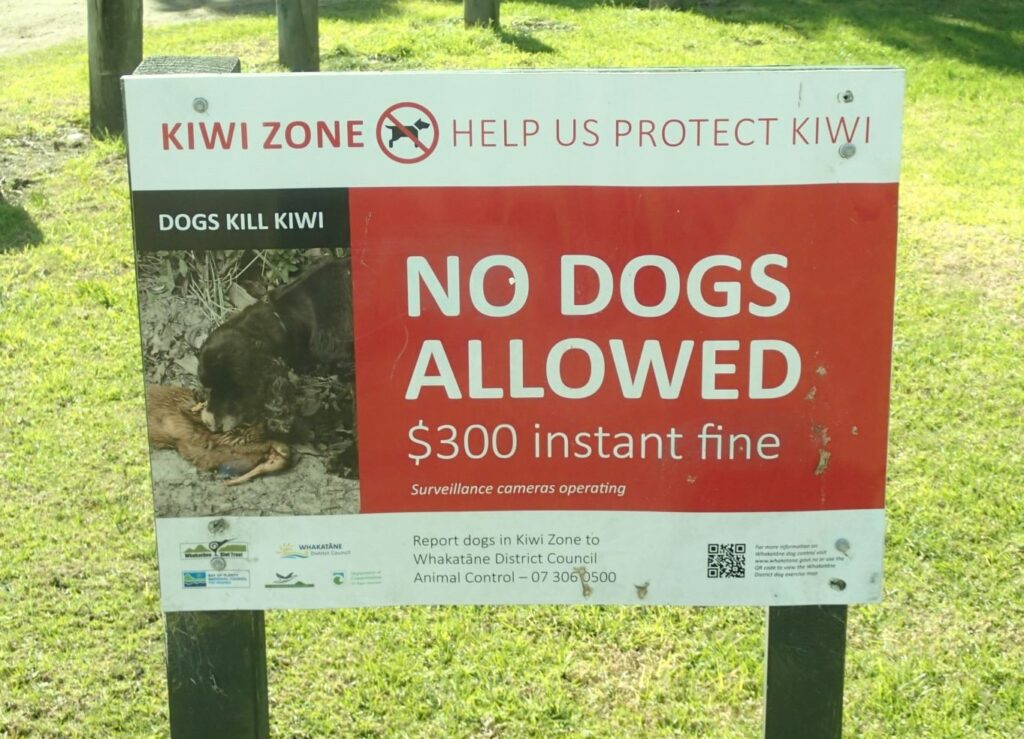
Whakatane is a little beachside town in the Bay of Plenty in New Zealand’s North Island. It’s known as the ‘Kiwi Capital of the World’, which is perhaps a little grandiose considering kiwis aren’t actually found anywhere else on earth other than Aotearoa. I discovered that due to both luck and good management the kiwi is relatively common in the forested hills behind the town. And when I say ‘relatively’, that’s in comparison to places that don’t have any at all. Anyway, although it still seemed unlikely, it appeared to be the most likely place I could see the elusive bird in the wild. So I started walking the forests tracks at night searching for kiwis, New Zealand’s unofficial faunal emblem.
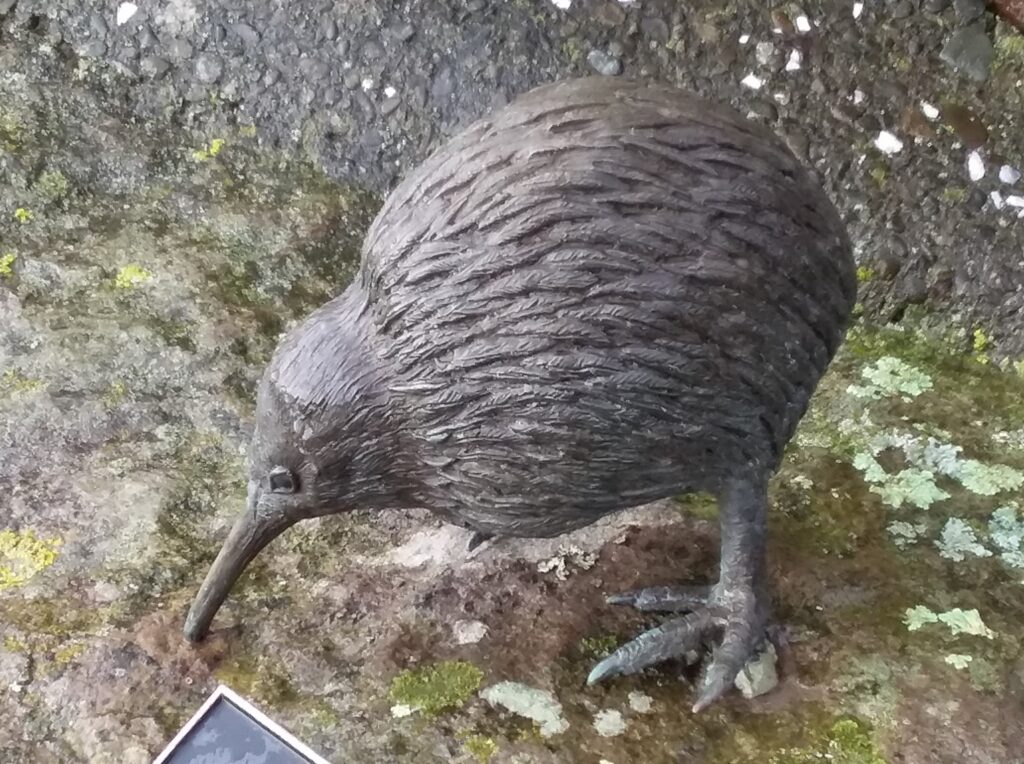
Wearing just about everything I had, I braved the winter evenings and spent many hours walking in the forest. The New Zealand bush is pretty special at night. It’s thick, dense, dark and quiet save for the calls of the bush birds and the babbling of creeks. Oh, and the possums, but the less said about them the better (poor bastards – not their fault someone introduced them). The forest trees and ferns seem larger by moon and torchlight, and little green glow worm constellations shine on creek banks and track cuttings.
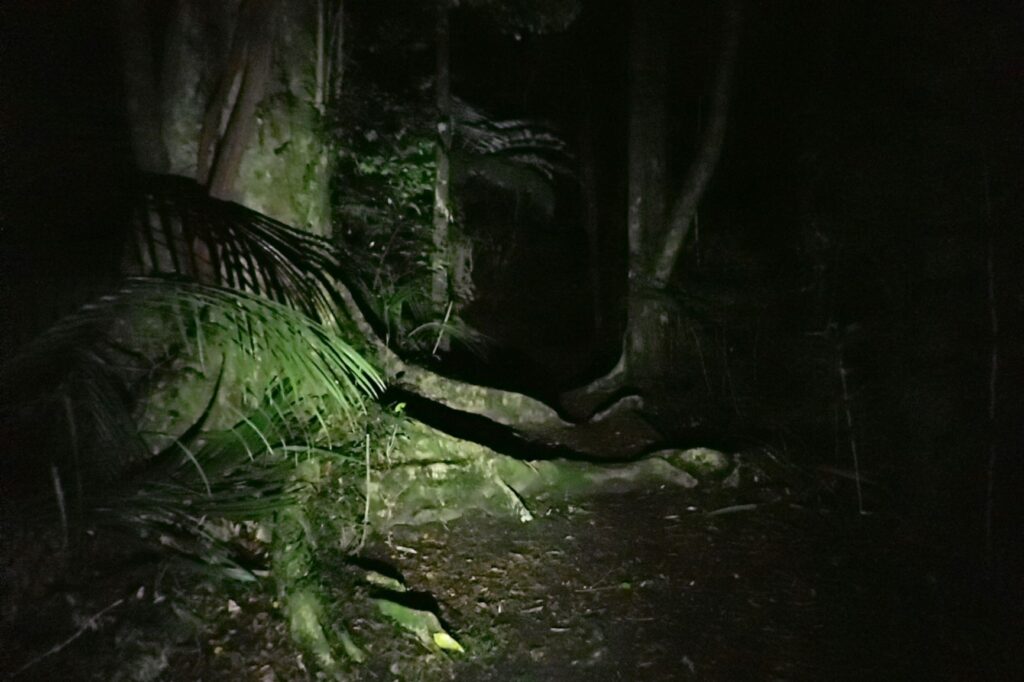
On each night, I heard male kiwis calling. It was pretty exciting to know they were in the vicinity.
Department of Conservation, New Zealand
A couple of times I had a chorus of males calling out on either side of the track. I never heard the females, but apparently they have this beautiful, lilting call.
Department of Conservation, New Zealand
I decided that my fifth night of searching for kiwis would be my last. Looking for a needle in a haystack has oft been compared to looking for a kiwi in a forest, and I had accepted that hearing them would be the closest I would get to this enigmatic creature. I climbed up the track into the bush, listening to the now familiar night sounds. I turned back after an hour and a half, having enjoyed the walk despite again missing out on a sighting.
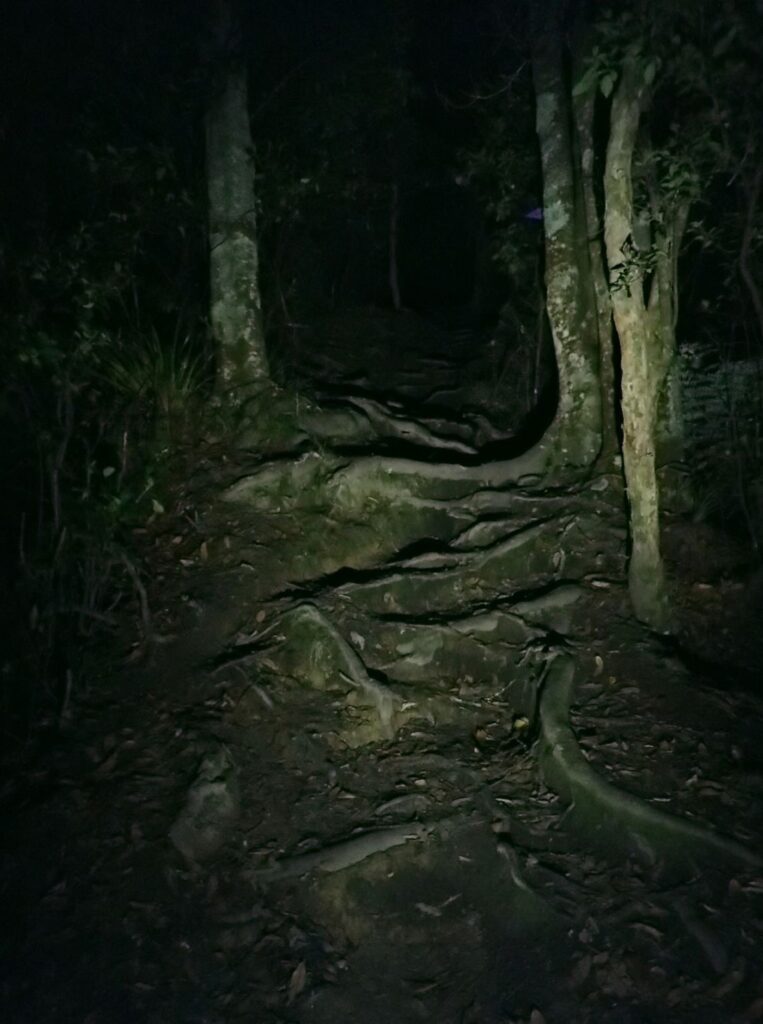
Then I heard a rustle in the scrub to my right. I stopped and listened, thinking that it was probably a possum. However it didn’t sound like a busy, bumbling marsupial, and it seemed to be coming my way. I stood still, telling myself it was probably a weka and not to get too excited. Crouching down, I shone my red filtered torch into the scrub and…there! What was that? Definitely a bird…but weka or kiwi? Did I imagine it had a long beak? I thought I might not get another look, and I would be forever left wondering whether I had actually seen a kiwi in the wild.
I could hear movement parallel to the track, and then a kiwi, a kiwi, strode out of the scrub about four metres from me. I held my breath, barely believing my eyes. It was at least 40cm tall, and had what looked like a perfectly groomed coat of smooth, fur-like feathers. I watched as it probed the track with its beak, seeking food, seemingly unfazed by my torchlight. Then it got spooked by something, and took off at a surprising pace up the track. I headed after it, and watched as it propped, paused, then hastened into the scrub. I moved up to where I thought it had entered and waited. No sound. After a while, I heard rustling, and caught another glimpse of the strange and beautiful animal before the bush hid it once more. Hoping it would return to the track, I stood silently in the cool quiet. I heard some movement, but the sound was fading. The kiwi had moved away, swallowed up by the dense forest.
I feel very privileged to have seen that beautiful kiwi, a species that has roamed Aotearoa for over a million years. Ultimately, human beings – that other kind of kiwi – hold the fate of the species in their hands. Let us hope they respect the right of this ancient animal to wander the forest and commit to ensuring its survival.

For more about the kiwi click here
If you liked this post, you may also like Bay of Islands, Taupo Volcanic Zone
Leave a Reply